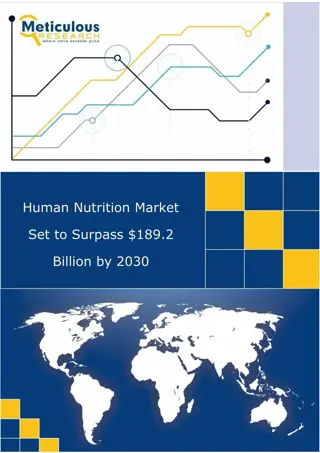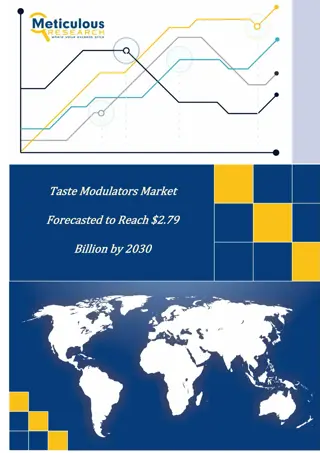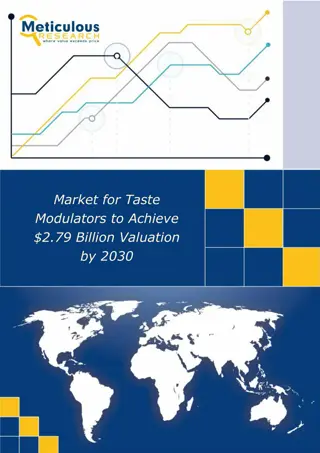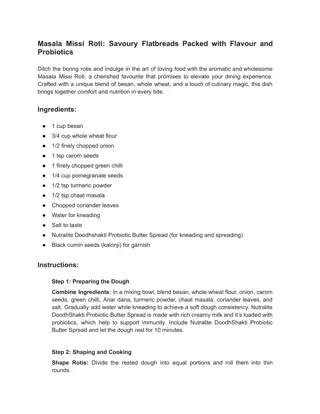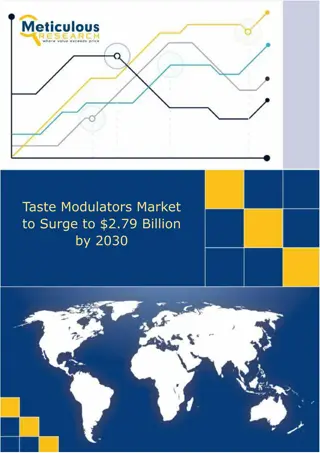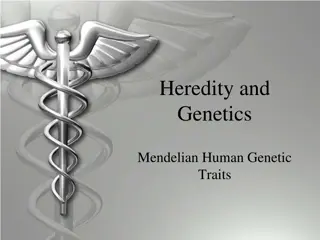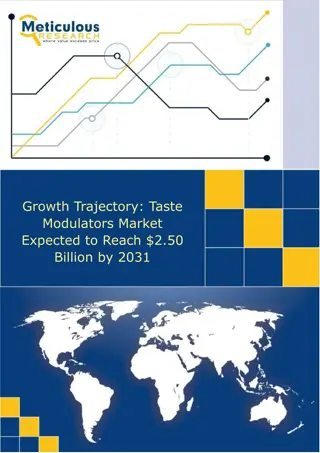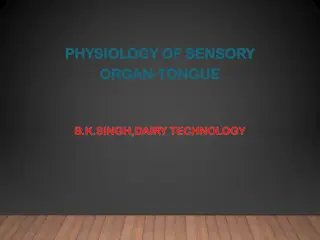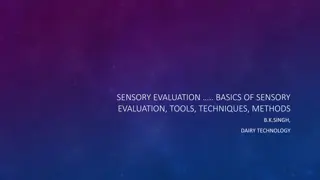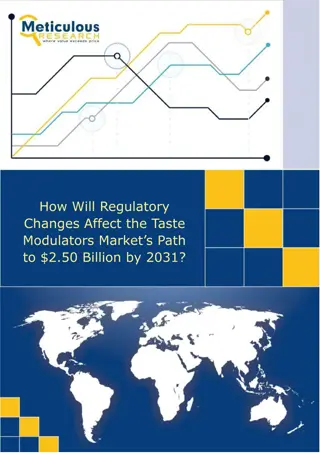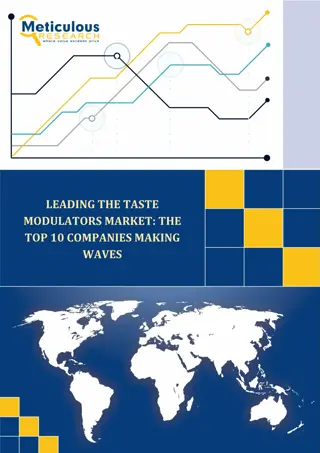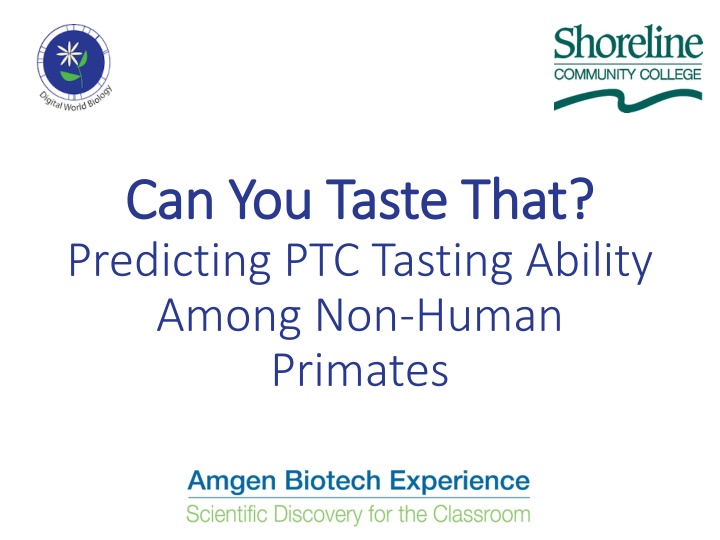
Understanding Bioinformatics: Tools, Techniques, and Applications in Genetics
Explore the fascinating world of bioinformatics, where computer science meets biology to revolutionize research and analysis. Learn how bioinformatics tools help scientists organize, process, and make sense of complex biological data, from DNA sequencing to protein structure visualization. Discover how bioinformatics is essential in predicting PTC tasting ability and exploring genetic variations among primates.
Download Presentation

Please find below an Image/Link to download the presentation.
The content on the website is provided AS IS for your information and personal use only. It may not be sold, licensed, or shared on other websites without obtaining consent from the author. If you encounter any issues during the download, it is possible that the publisher has removed the file from their server.
You are allowed to download the files provided on this website for personal or commercial use, subject to the condition that they are used lawfully. All files are the property of their respective owners.
The content on the website is provided AS IS for your information and personal use only. It may not be sold, licensed, or shared on other websites without obtaining consent from the author.
E N D
Presentation Transcript
Can You Taste That? Can You Taste That? Predicting PTC Tasting Ability Among Non-Human Primates
What is Bioinformatics? What is Bioinformatics ? Bioinformatics is the application of computer science and information technology to biology and medicine. National Institutes of Health Definition: Research, development, or application of computational tools and approaches for expanding the use of biological, medical, behavioral or health data, including those to acquire, store, organize, archive, analyze or visualize such data. .
Bioinformatics Tools Help Scientists: Organize, Process, and Make Sense of Complex Biological Data Sets DNA RNA Protein Bioinformatics Tools: Bioinformatics Tools: Bioinformatics Tools: DNA Sequencing Identify Mutations in DNA. RNA Sequencing Identify tissue specific gene expression. Protein 3D Structure visualization. Identify the impact of mutations. Image Source: Wikipedia Commons
TAS2R38 Bitter Taste Receptor [PTC] Gene Left Primer Chromosome 7 1002 bp Right Primer Amplify by PCR NONTASTER (tt) TASTER (TT) GGCGGGCACT GGCGGCCACT Digest with PCR PRODUCT (221 bp) PCR PRODUCT (221 bp) HaeIII Restriction Enzyme (Recognition Sequence GGCC ) CCACT GGCGGGCACT GGCGG Gel Electrophoresis 221 bp FRAGMENT 44 bp FRAGMENT 177 bp FRAGMENT 221 bp FRAGMENT 177 bp FRAGMENT 44 bp FRAGMENT Source: Using a Single-Nucleotide Polymorphism to Predict Bitter-Tasting Ability. Dolan DNA Learning Center and Carolina Biologicals.
Can you taste that? PTC Tasting & Polymerase Chain Reaction (PCR) U = Undigested PCR Product D = Digested PCR Product Day 1: Isolating DNA MW TT Tt tt Day 2: Performing PCR U D U D U D Day 3: Restriction Digest of PCR Product Day 4: Agarose Gel Electrophoresis & PTC Tasting Paper Day 5: Bioinformatics Activity TT = 221 bp FRAGMENT Tt = 221 bp, 177 bp & 44 bp* FRAGMENTS tt = 177 bp & 44 bp* FRAGMENTS *44 bp FRAGMENT difficult to visualize
Can you taste that? PTC Tasting Ability Among Primates http://v3.digitalworldbiology.com/ptc-tasting-ability-among-primates
What is the predicted tasting phenotype of various non-human primates? Factors to Consider when Making Predictions: - - Diet Geographical range Old vs. New World primates Monkey vs. Ape Social Structure Time spent rearing their young - - - - Includes primate cards, descriptions and TAS3R38 protein sequences for 37 non-human primate species
Using BLAST to Compare Human & Non-Human Primate TAS3R38 Sequences
Is Tasting or Non-Tasting the More Ancient Trait? Among Non-Human Primates Analyzed: 27/37 (73%) are PAV 10/37 (27%) are PAI Among Human s Studied*: 56% are PAV 38% are AVI 6% other (none PAI) Sample Size = 330. Wooding et al. 2004. Am. J. Hum. Genet. 74:637-646.




